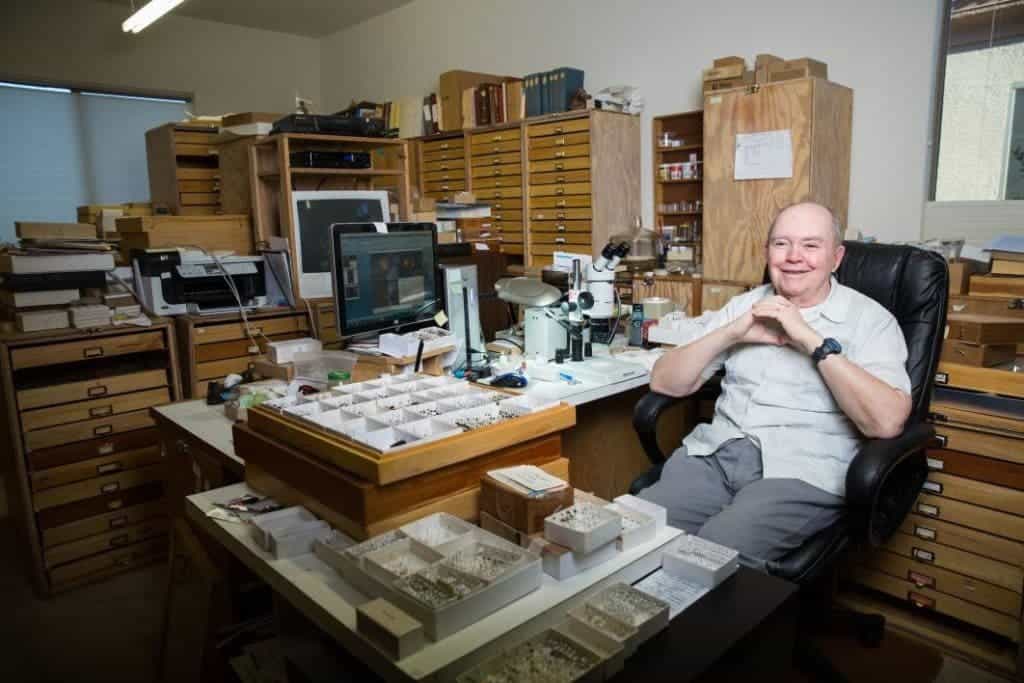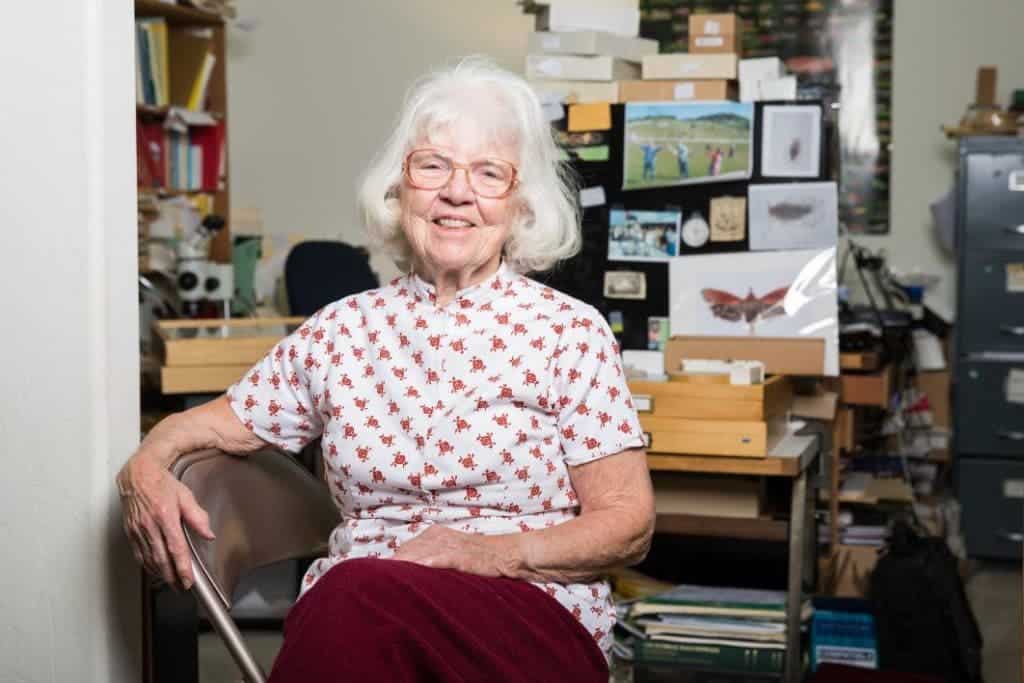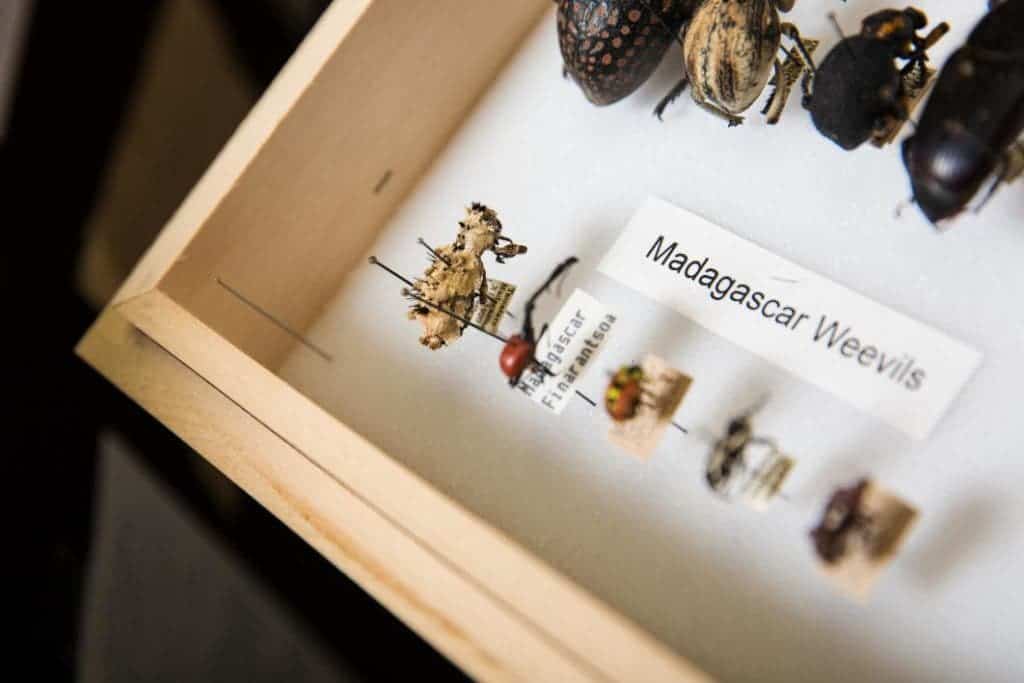It’s a match made in heaven: boy loves girl, they roam the world searching for and studying insects. Now, some 60 years later, they’ve decided to donate their incredibly rich collection to further advance science.

Photo by Deanna Dent/ASU Now
Lois and Charlie O’Brien are two retired entomologists who own one of the world’s most impressive insect collections — over ten million specimens, including more than a million weevils, known for almost destroying the cotton industry 100 years ago, and 250,000 planthoppers, the colorfully camouflaged bug that Lois prefers. Just look at how lovely she describes them:
‘They’re such wonderful creatures,’ she said. ‘Wouldn’t you like to fly? Wouldn’t you like to swim underwater for three days? Not to mention stinging. I have a neighbor I would like to sting.’ …

Photo by Deanna Dent/ASU Now
But stinging neighbors aside, this collection can be a blessing for researchers. Aside from being a massive collection, some specimens are actually extremely impressive and have not been researched thoroughly. There are perhaps thousands of new species to science in their collection, which is now donated to Arizona State University.

Photo by Deanna Dent/ASU Now
“The specimens have a large reach in terms of their scientific visibility and ultimately their scientific impact for both research and mentoring, and that’s at the heart of what the O’Briens were looking for,” Nico Franz, an expert on the weevil and a long-time colleague of Charlie O’Brien said.
Charlie himself discovered and described hundreds of new weevil species, several of which have been named in his honor. He said they selected Arizona State University due to their upward trajectory in research funding and strong entomological base, which boasts an insect collection with almost 1 million specimens. The fact that Nico Franz, the curator of this collection, is good friends with Charlie likely also influenced the decision.

Photo by Deanna Dent/ASU Now
Every specimen of the collection is worth $5 to $300, and the entire collection is estimated at $10 million, which is a massive donation — when you consider that the O’Briens also donated $2 million to help advance entomology research, the gesture becomes even more impressive.
“One of their unique features,” Franz said of the O’Briens, “is the combination of having amassed something of such great value and at the same time, sharing it so selflessly and widely.”
This is a life’s work they are donating. They used to work for 14 hours a day, seven days a week, traveling the world in search for new insects. Then they would spend months and months studying, classifying, and describing them. Now, they still work seven days a week, but mostly at home — pinning specimens in front of the TV.


